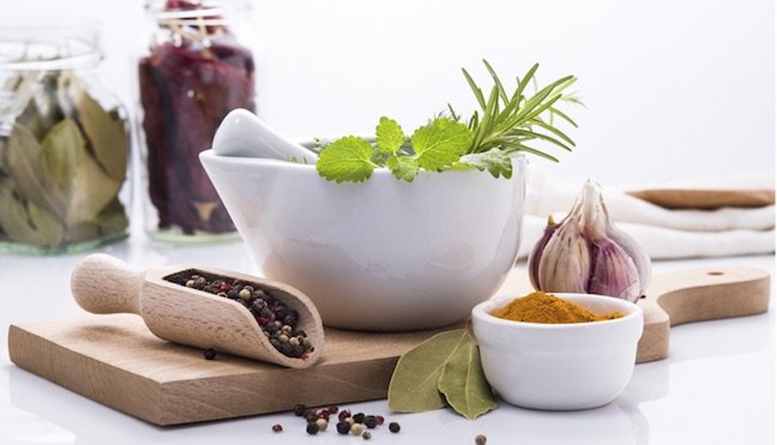Hives–also referred to as urticaria–are a very common dermatological ailment, affecting around 20% of the population. Urticaria causes small, raised, and itchy spots that typically do not last very long but cause quite a bit of discomfort.
It is important to establish that hives are typically a symptom of an immune system response—typically an allergic reaction—and will only improve when the primary cause is addressed. However, a handful of at-home treatment options exist that can ease the symptoms of hives as you and your doctor are in the process of determining the right treatment approach to the root cause of the issue.
Aloe Vera Rubs
The aloe vera plant has been used for medicinal purposes for a very long time, especially for skin conditions, because of its naturally calming and moisturizing qualities. Applying it can be as easy as snapping off a leaf, cutting it, and dabbing its natural extract onto the affected skin. Another option is a store-bought bottle of aloe vera extract. Storing this bottle in the fridge for a time before applying it may also add an extra cooling effect to particularly irritated and itchy spots.
Witch Hazel Rubs
Witch hazel–also referred to as hamamelis virginiana in the botanical world–has a healing effect for a myriad of skin conditions, from sunburns and razor bumps to hives and hemorrhoids. Splash a little onto a cotton pad and rub on the affected skin to relieve inflammation and itching. Ensure that you purchase a bottle of pure witch hazel as some products also contain alcohol, which can irritate your skin more.
Baking Soda Paste
You can make a paste mixing a couple tablespoons of baking soda with cool water or even witch hazel and apply the mix on the affected patches of skin to relieve the itching caused by hives.
Oatmeal Bath
Though things can get a bit messy, an oatmeal bath (either regular uncooked oatmeal or colloidal oatmeal) is another relief option that is effective in alleviating itchy hives. Add a few tablespoons of dry oatmeal to a pouch of cheesecloth and let it soak in a tub filled with warm water before getting in. You may also add a cup of powdered oatmeal or oat milk to the water if you do not have dry oatmeal and cheesecloth.
Cool Water Bath
Even cold water can improve hives because cold can constrict blood vessels, lessening the irritation and inflammation caused by hives. Cold water therapy can be as easy as filling up your tub with cool water and bathing for 5-10 minutes.
Nettle Leaves
While nettle plants do have naturally stinging leaves, herb specialists explain that consuming nettle leaves as a vegetable or using supplements containing nettle leaves can improve allergy symptoms. Of course, it is worth mentioning that there is not much scientific research that backs up the benefits nettle leaves may have. If you do give this a try, absolutely avoid consuming nettle leaves raw as this can cause more irritation and itching; make sure the leaves are thoroughly cooked.
Featured Image: Twitter




